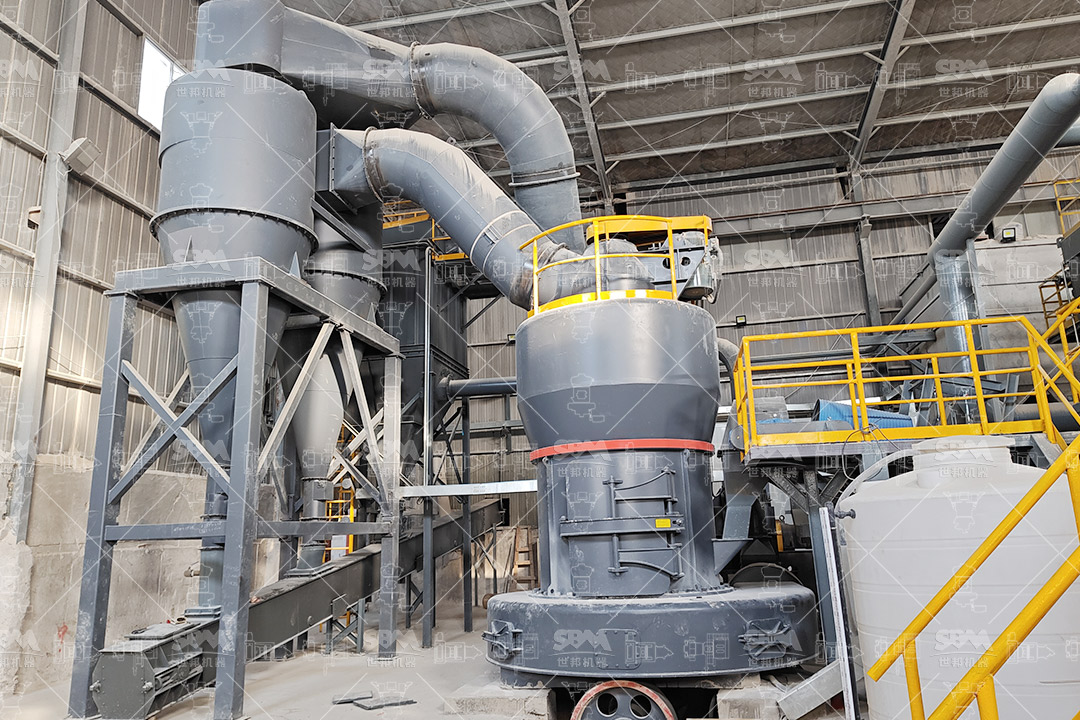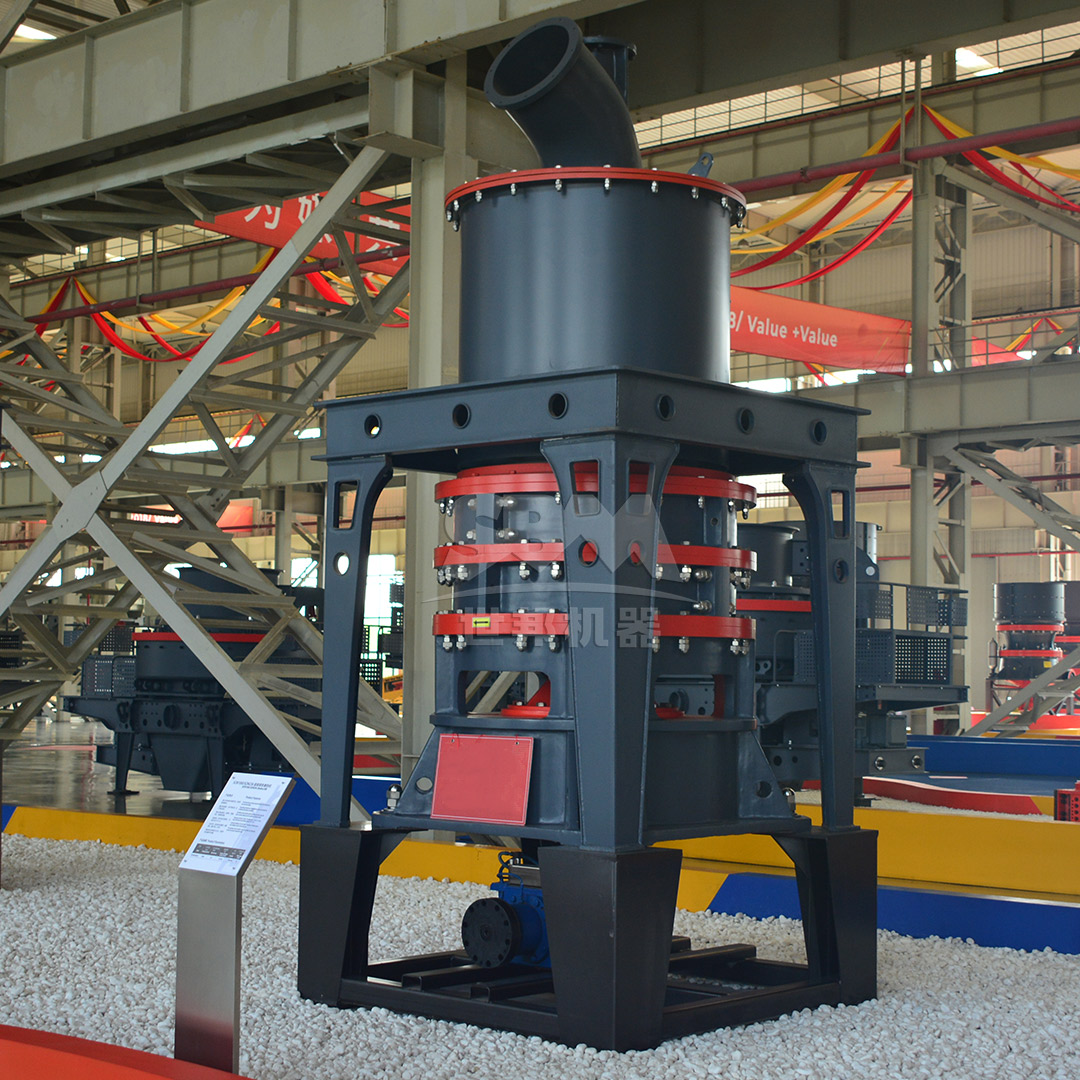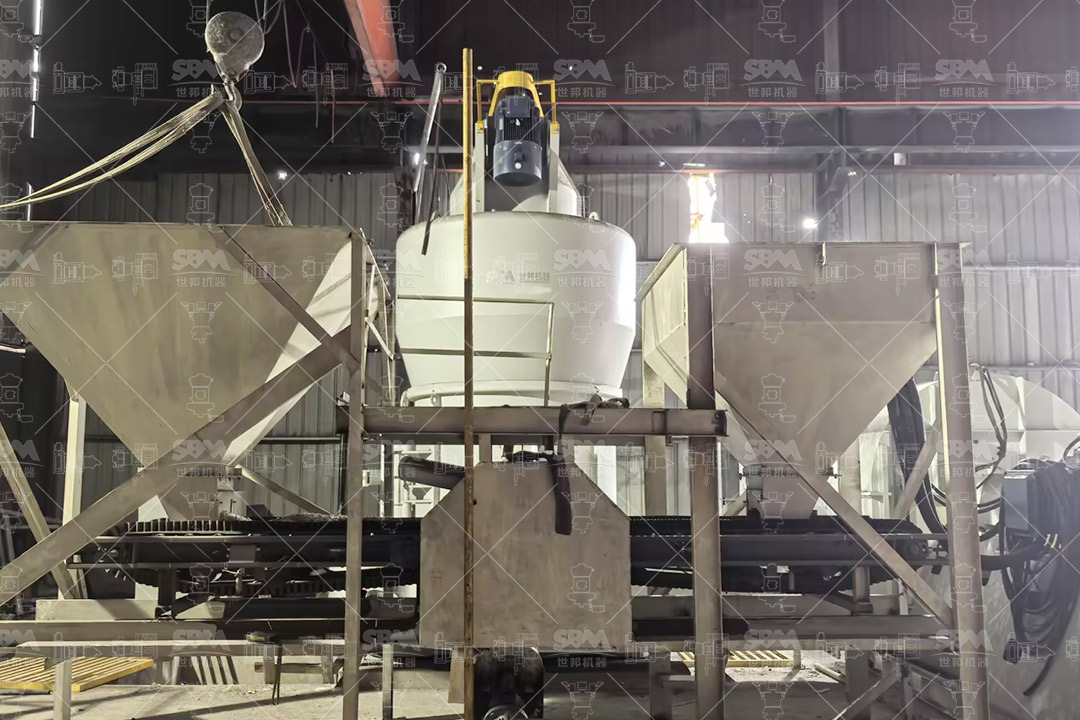Calcium carbonate powder is one of the most versatile and widely used industrial minerals, with applications spanning from plastics and paints to pharmaceuticals and food products. The quality of calcium carbonate powder is critically dependent on the grinding equipment used in its production. This article explores how different grinding technologies influence key powder characteristics such as particle size distribution, morphology, brightness, and chemical purity, and introduces advanced solutions for optimizing calcium carbonate processing.
The transformation of raw calcium carbonate materials into high-value powder involves precise size reduction and classification processes. The selection of grinding equipment directly determines several essential quality parameters:
Modern industrial applications demand precise control over particle size distribution. Equipment with advanced classification systems can produce powders with narrow size distributions, eliminating both oversize particles that cause processing issues and excessive fines that increase resin demand in composite applications.
| Application | Required Particle Size (D97) | Tolerance Requirements |
|---|---|---|
| Plastics & Polymers | 2-15μm | ±0.5μm |
| Paper Coating | 1-2μm | ±0.2μm |
| Paints & Coatings | 0.7-3μm | ±0.3μm |
| Pharmaceuticals | 5-20μm | ±1.0μm |
The mechanical action of different grinding mechanisms produces distinct particle shapes. Impact-based systems tend to create more cubic particles, while compression grinding typically yields platy or acicular morphologies. For applications requiring high opacity and scattering efficiency, such as paper coating, specific particle shapes are essential for optimal performance.

Grinding equipment must maintain the chemical integrity of calcium carbonate throughout the size reduction process. Metal contamination from wearing parts can significantly affect product quality, particularly in food-grade and pharmaceutical applications where iron content must be strictly controlled below 50 ppm.
For applications requiring sub-micron particles, specialized ultra-fine grinding equipment is essential. Our SCM Ultrafine Mill represents the pinnacle of ultra-fine grinding technology, capable of producing calcium carbonate powder with D97 ≤ 5μm (2500 mesh). This system combines multiple technological advantages:
The SCM series offers models from SCM800 to SCM1680, with production capacities ranging from 0.5 to 25 tons per hour, making it suitable for both specialized applications and high-volume production requirements.

For applications requiring particles in the 45-325 mesh range, such as plastic fillers and rubber compounds, the MTW Series Trapezium Mill provides an optimal balance of production efficiency and product quality. Key features include:
With models ranging from MTW110 to MRN218, this series offers production capacities from 3 to 45 tons per hour, accommodating various production scales while maintaining consistent product quality.
| Grinding System | Particle Size Range | Energy Efficiency | Product Contamination Risk | Typical Applications |
|---|---|---|---|---|
| Ball Mill | 74-800μm | Medium | High (iron) | Coarse fillers, cement |
| Raymond Mill | 45-325 mesh | Medium-High | Medium | Industrial fillers |
| Vertical Roller Mill | 30-325 mesh | High | Low-Medium | Building materials |
| SCM Ultrafine Mill | 325-2500 mesh | Very High | Very Low | High-value applications |
| MTW Trapezium Mill | 30-325 mesh | High | Low | Quality industrial fillers |
Grinding generates significant heat that can affect calcium carbonate quality, particularly in terms of crystal structure and surface properties. Modern grinding systems incorporate temperature control mechanisms to prevent dehydration and maintain product integrity. Our grinding equipment features advanced cooling systems that keep operating temperatures within optimal ranges, preserving the material’s natural properties.
The efficiency of the classification system directly impacts production yield and product quality. Advanced classifiers in our equipment ensure that only properly sized particles proceed to collection, while oversize material is efficiently returned for regrinding. This closed-loop system maximizes production efficiency while maintaining tight particle size distributions.

Calcium carbonate processing generates significant dust, requiring advanced dust collection systems. Our grinding equipment incorporates pulse-jet dust collectors with efficiency exceeding international standards, ensuring workplace safety and environmental compliance. The fully enclosed negative pressure operation prevents dust leakage, maintaining clean production environments.
Modern grinding equipment must address noise pollution concerns. Through innovative engineering including sound insulation chambers and vibration damping systems, our equipment operates at noise levels below 75 dB, creating safer and more comfortable working conditions while meeting stringent regulatory requirements.
The evolution of grinding technology continues to focus on precision, efficiency, and sustainability. Emerging trends include the integration of artificial intelligence for real-time process optimization, the development of novel wear-resistant materials to extend component life, and advanced sensor technology for continuous quality monitoring. These innovations will further enhance the ability to produce calcium carbonate powders with precisely controlled properties for increasingly specialized applications.
The selection of appropriate grinding equipment is paramount to achieving the desired quality characteristics in calcium carbonate powder. From ultra-fine applications requiring sub-micron particles with narrow size distributions to high-volume production of industrial fillers, modern grinding technology offers sophisticated solutions tailored to specific requirements. Our SCM Ultrafine Mill and MTW Series Trapezium Mill represent the cutting edge in calcium carbonate processing technology, combining precision particle control, energy efficiency, and operational reliability to deliver superior product quality across diverse applications. By understanding the fundamental relationships between grinding mechanisms and powder characteristics, producers can optimize their processes to meet the exacting standards of today’s industrial markets.